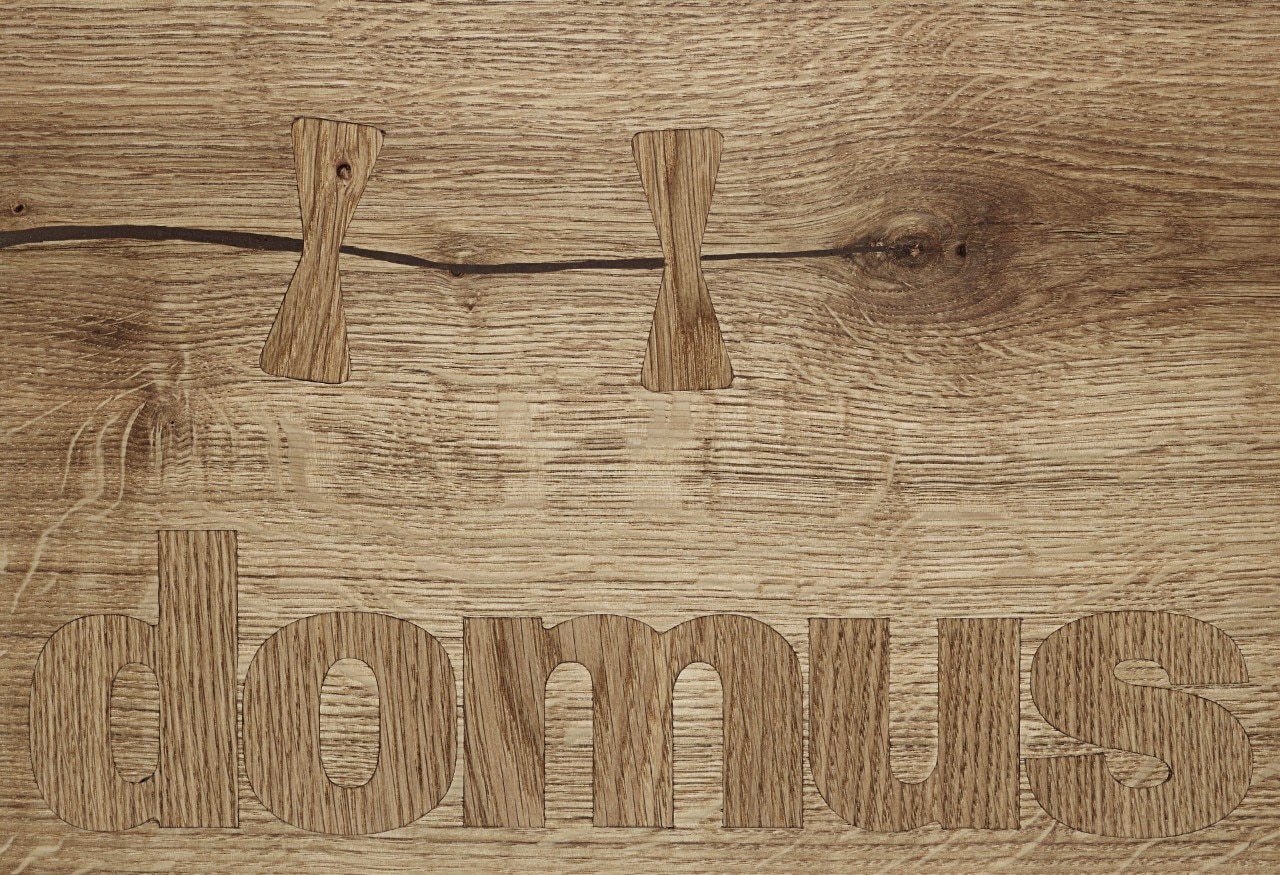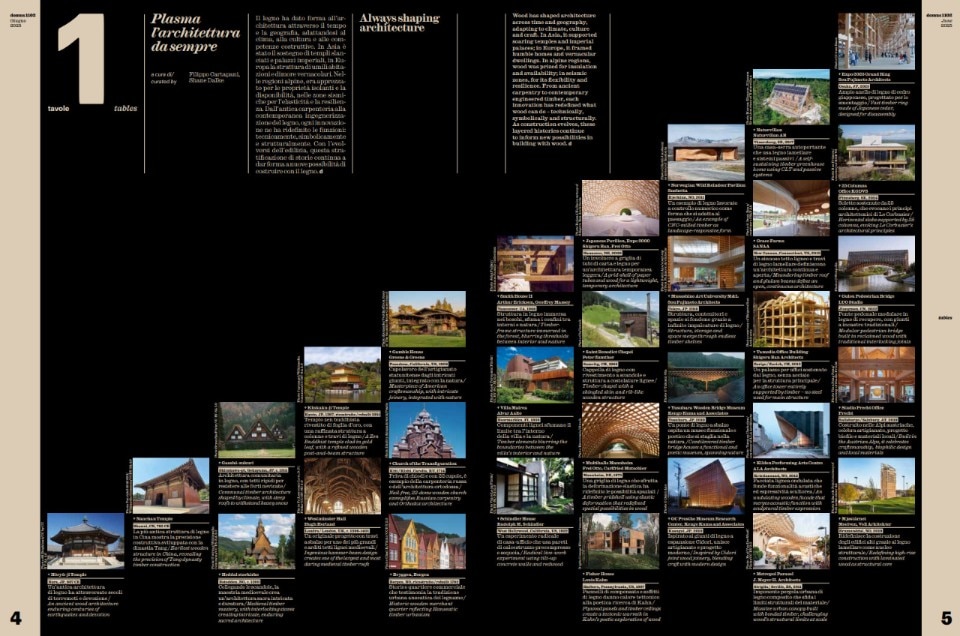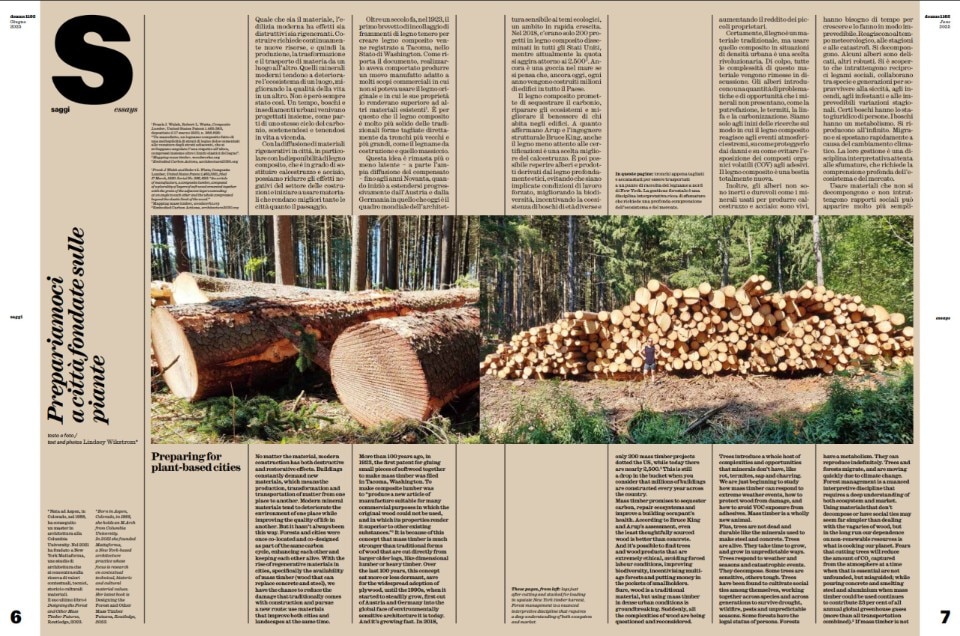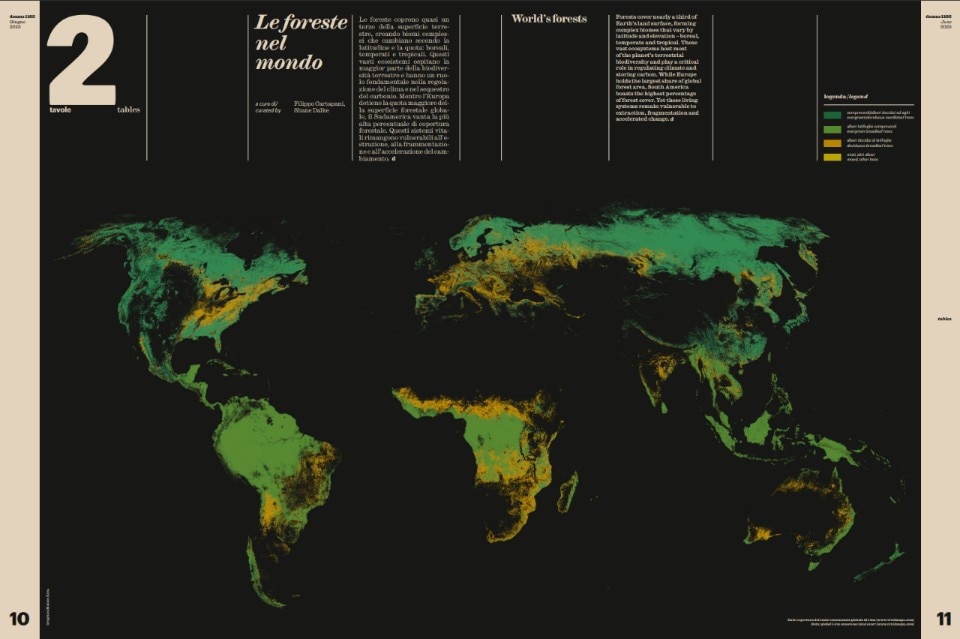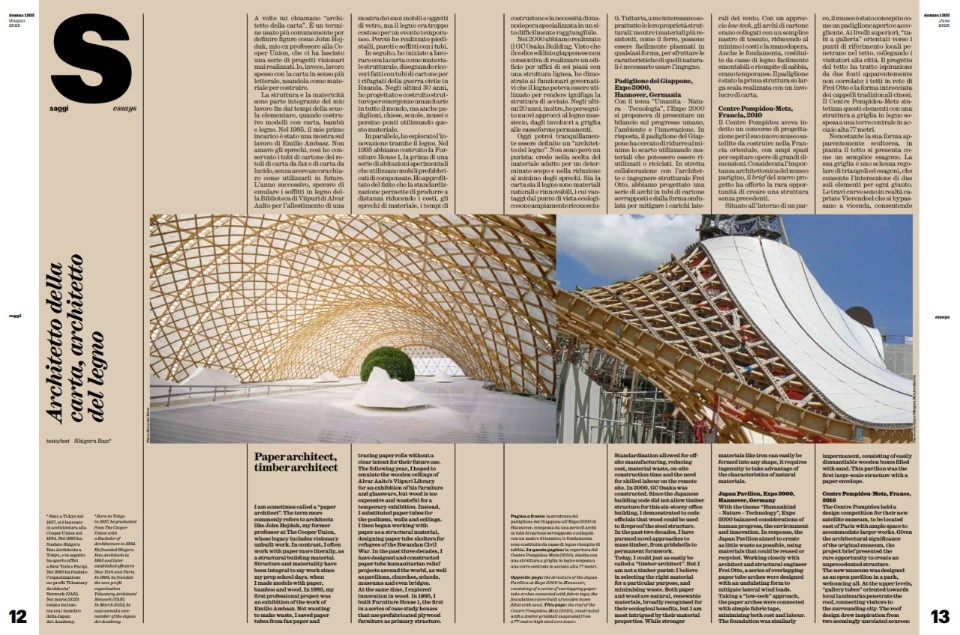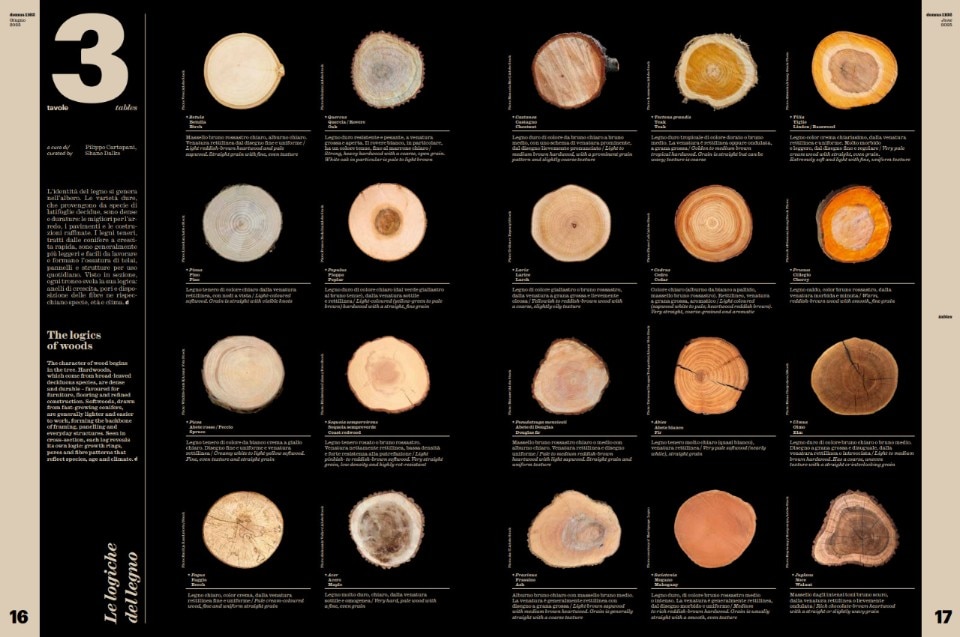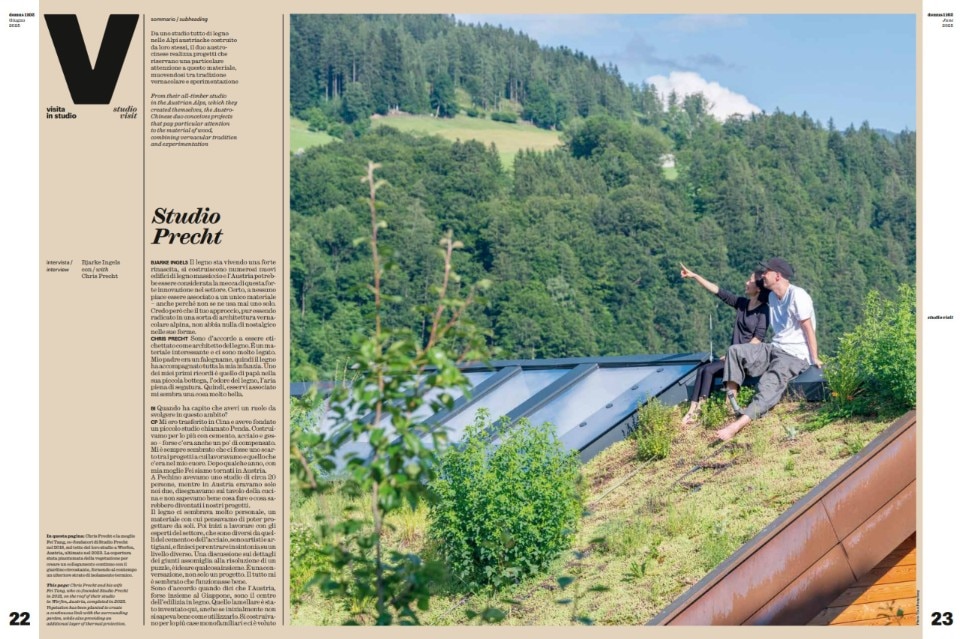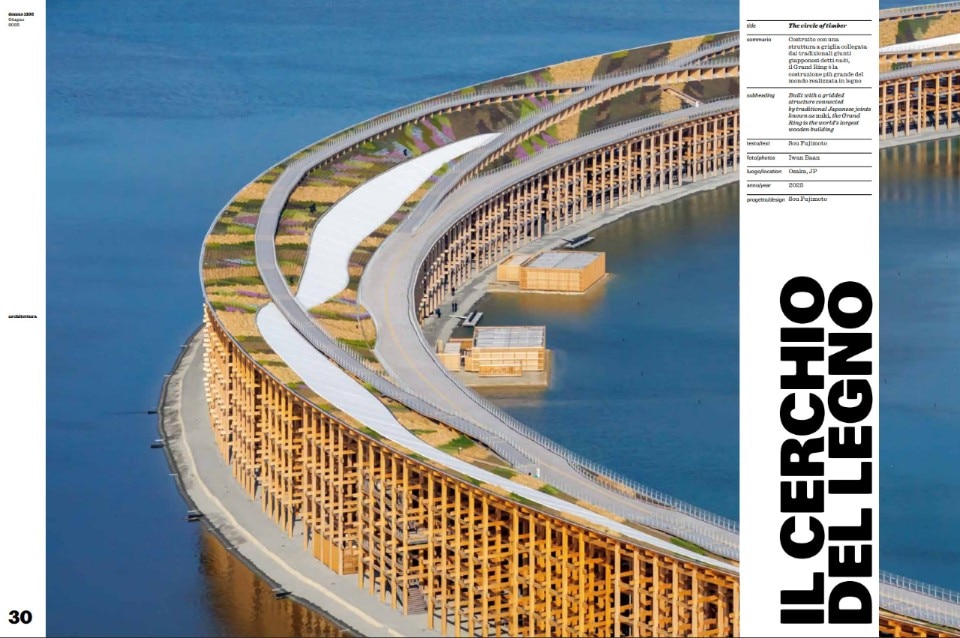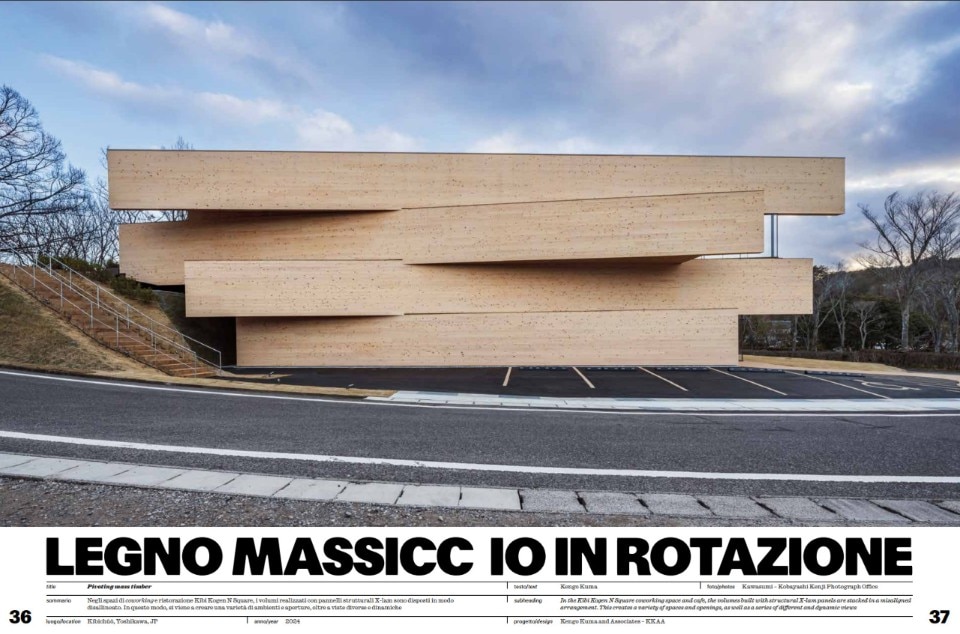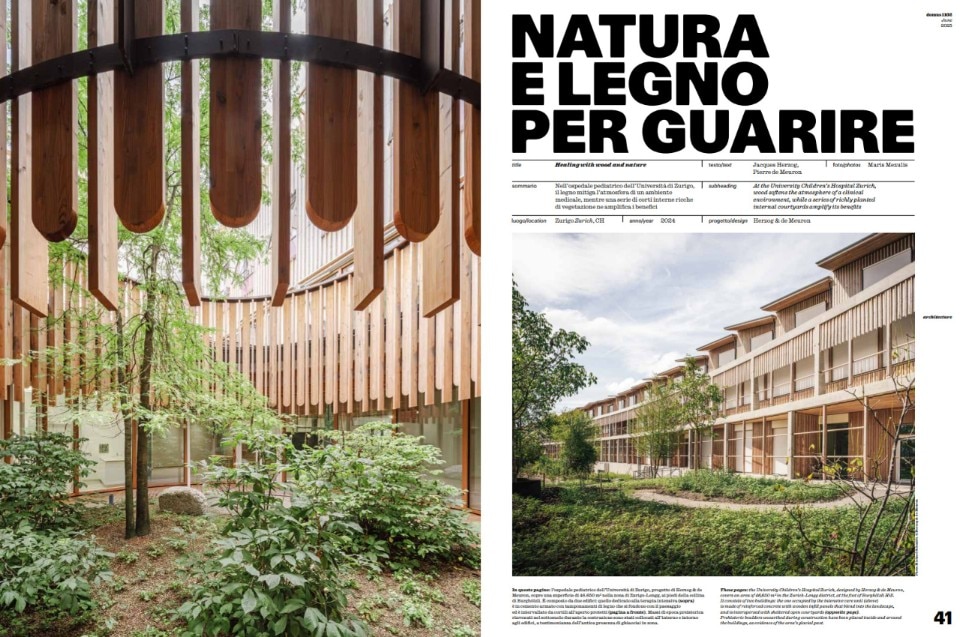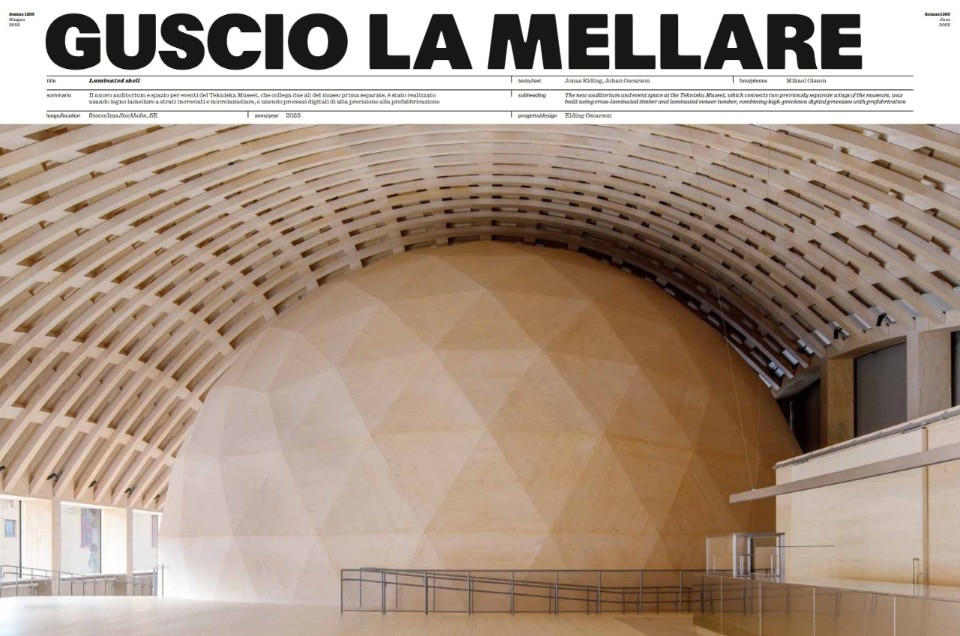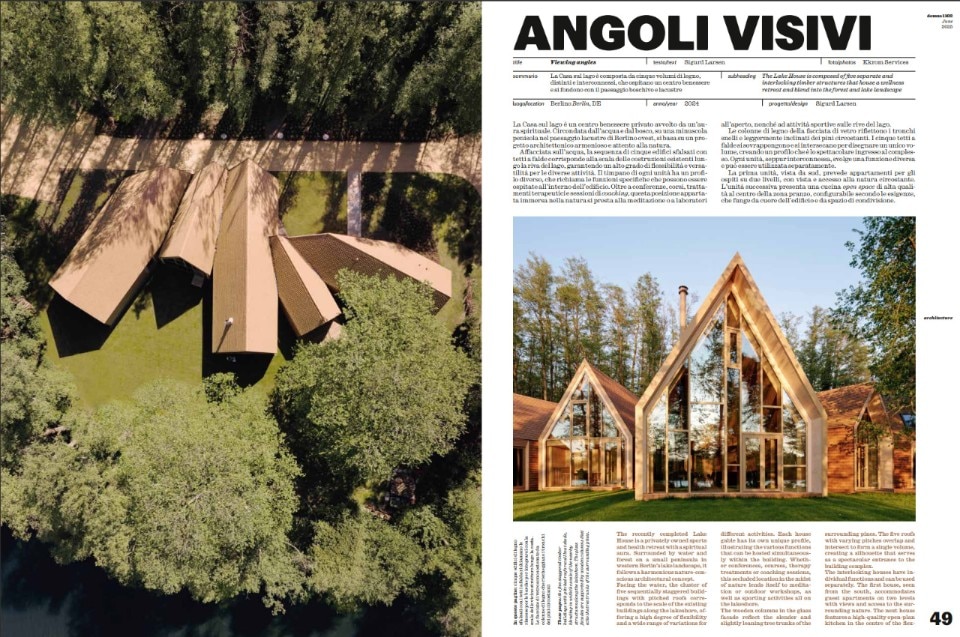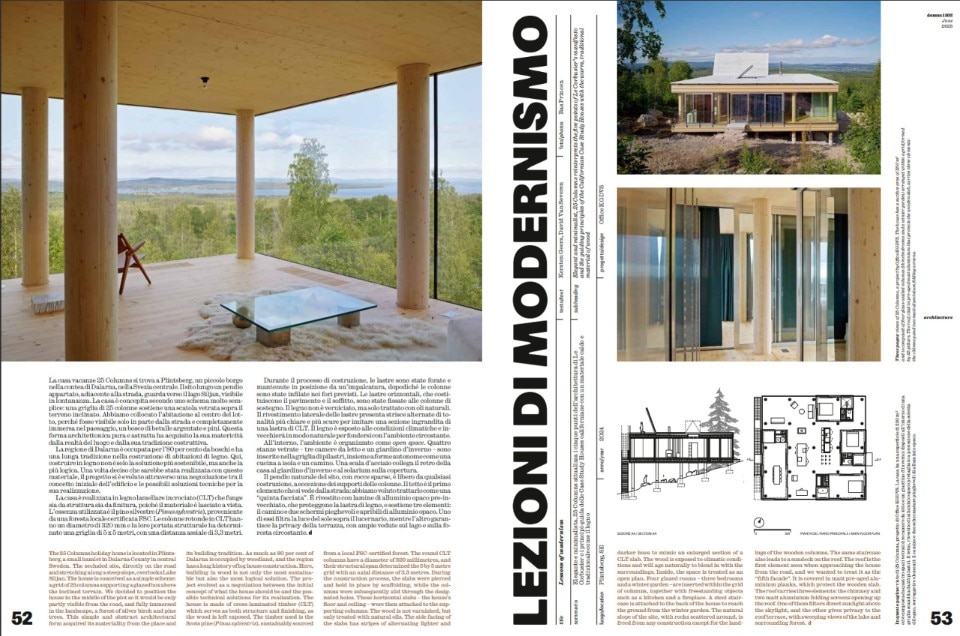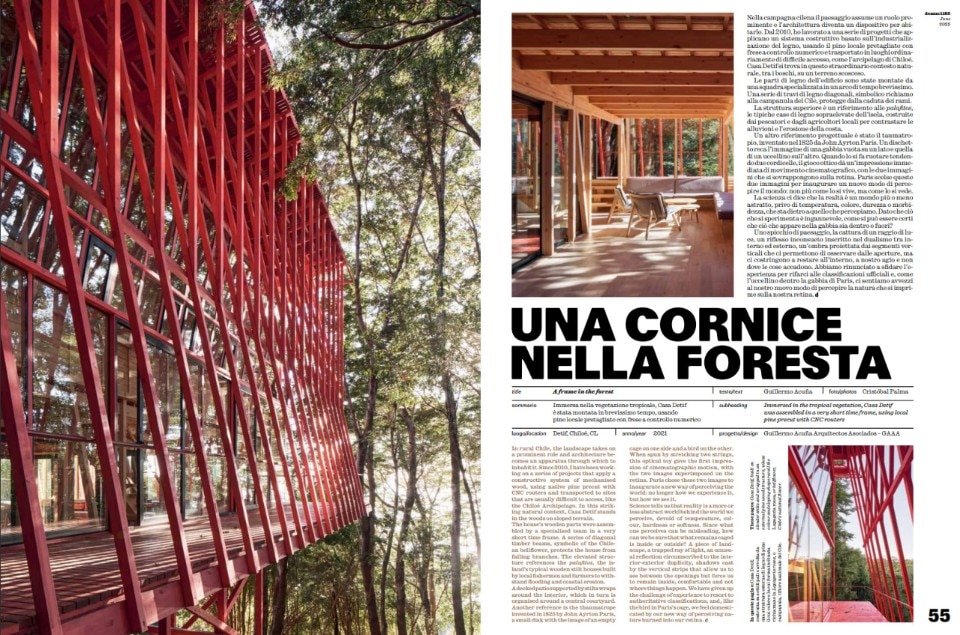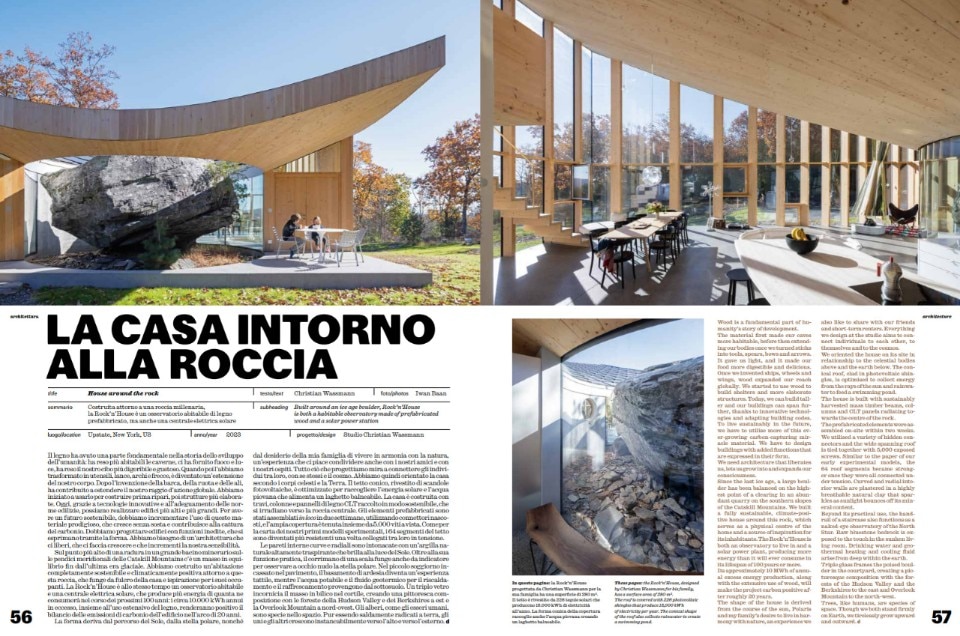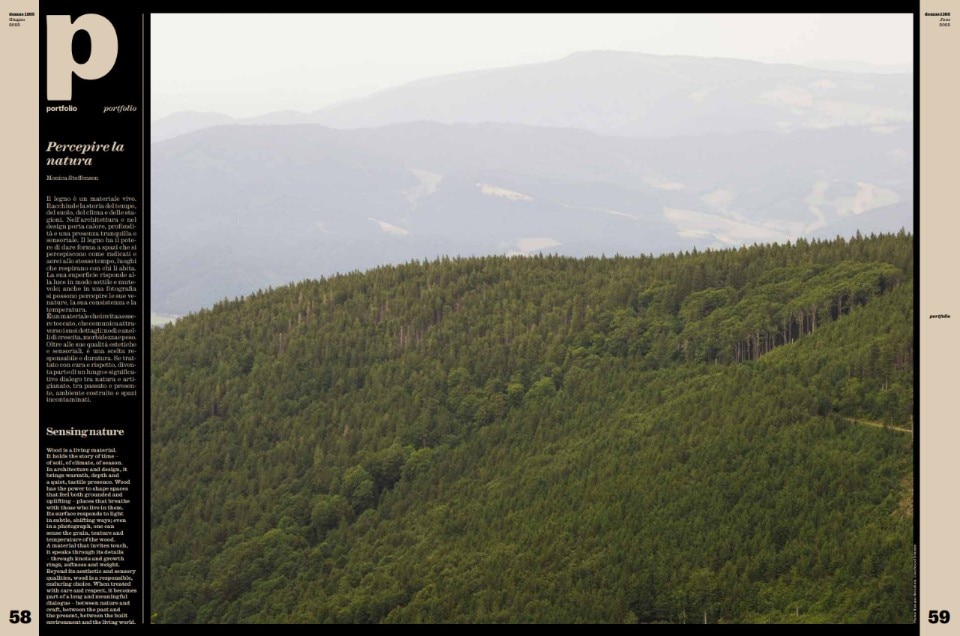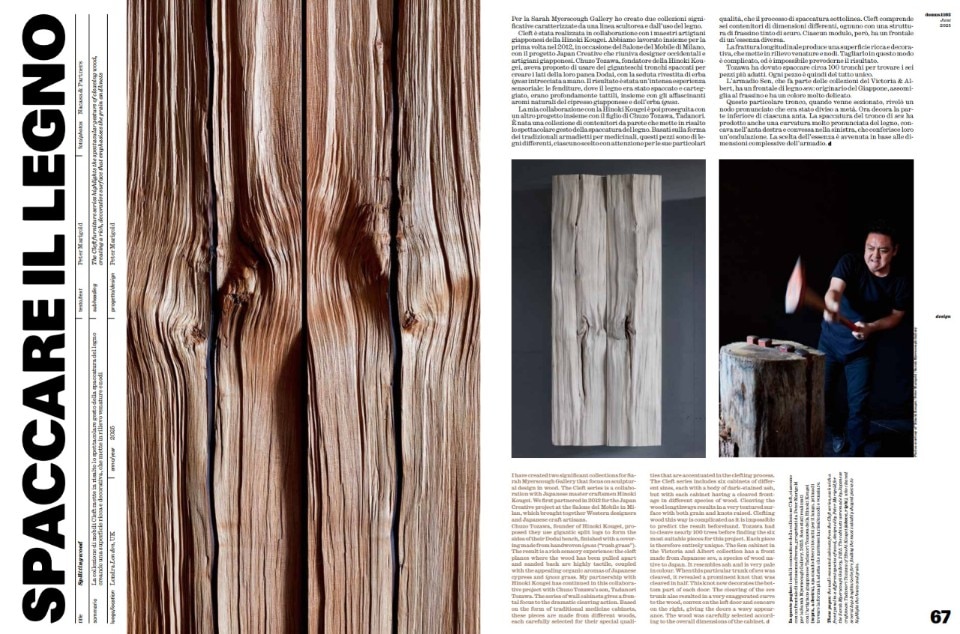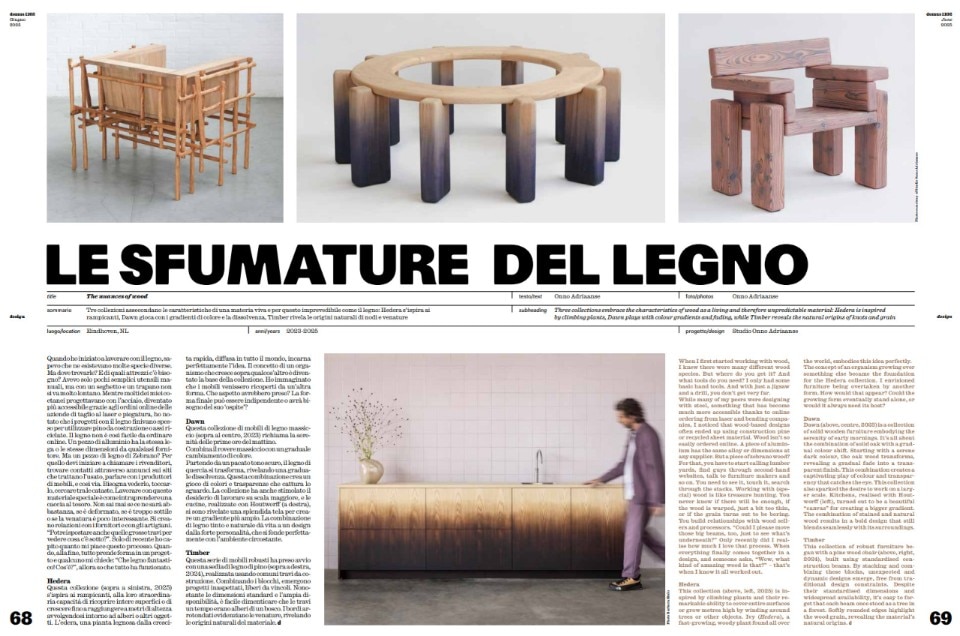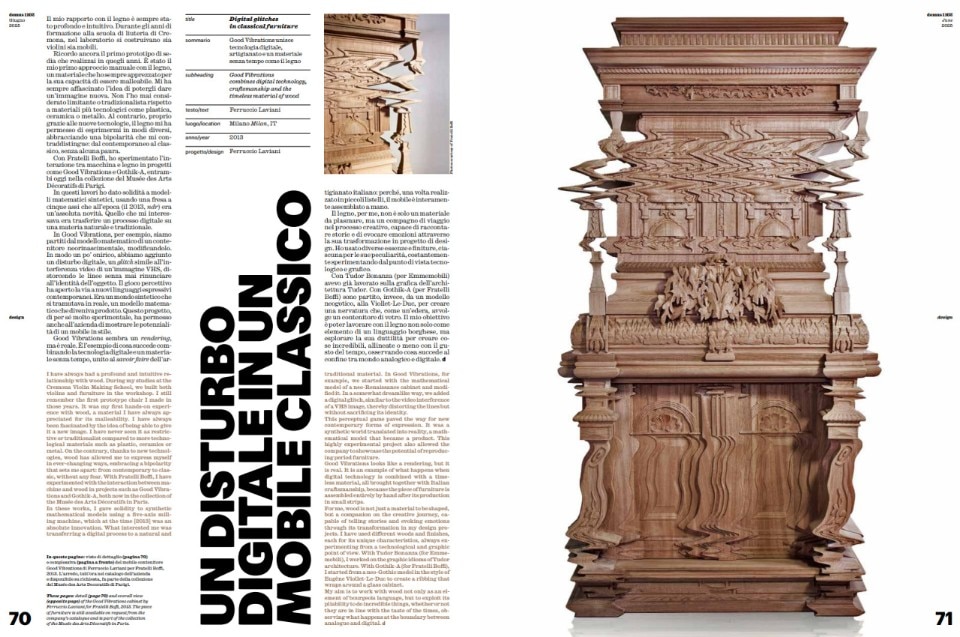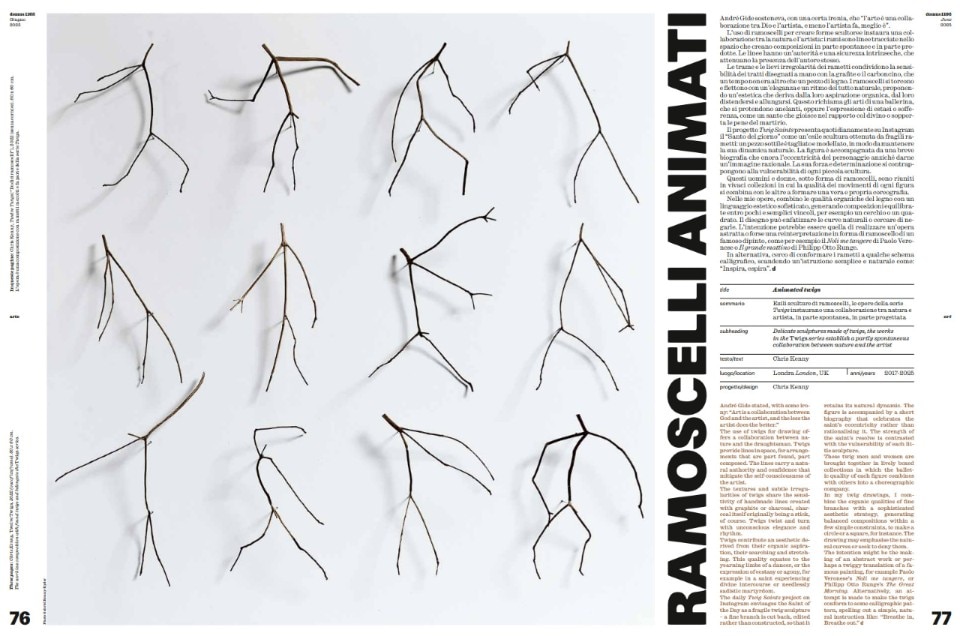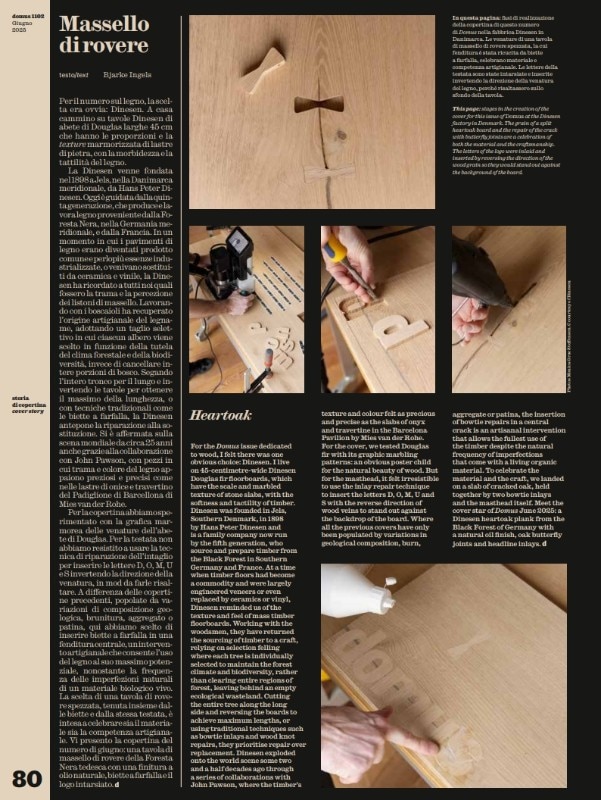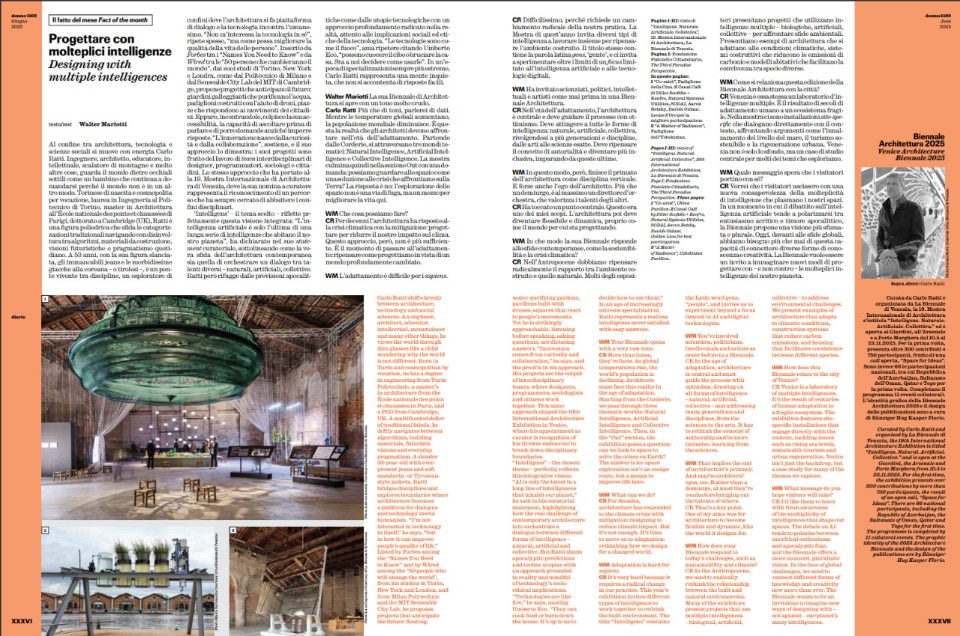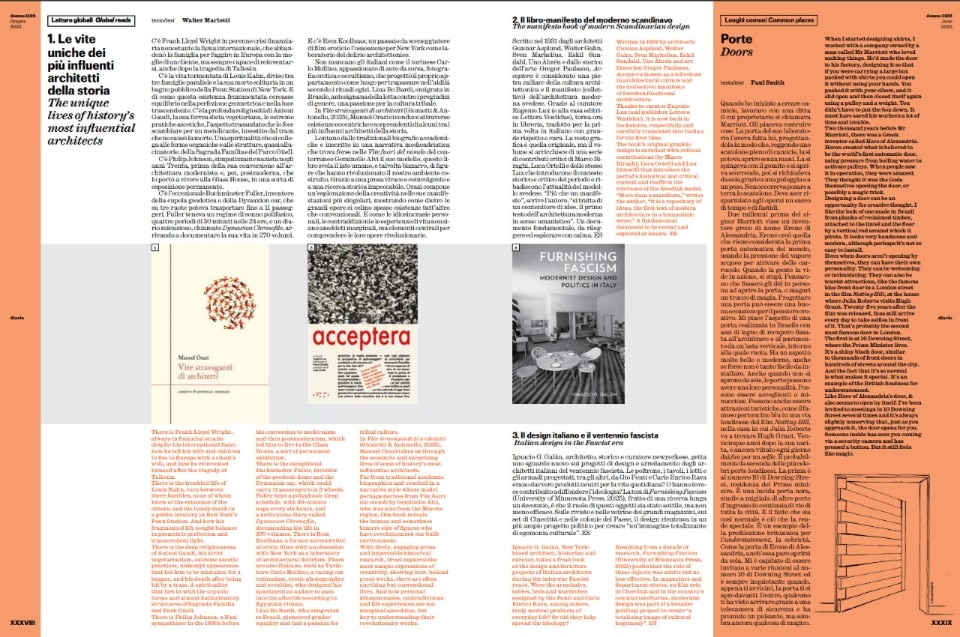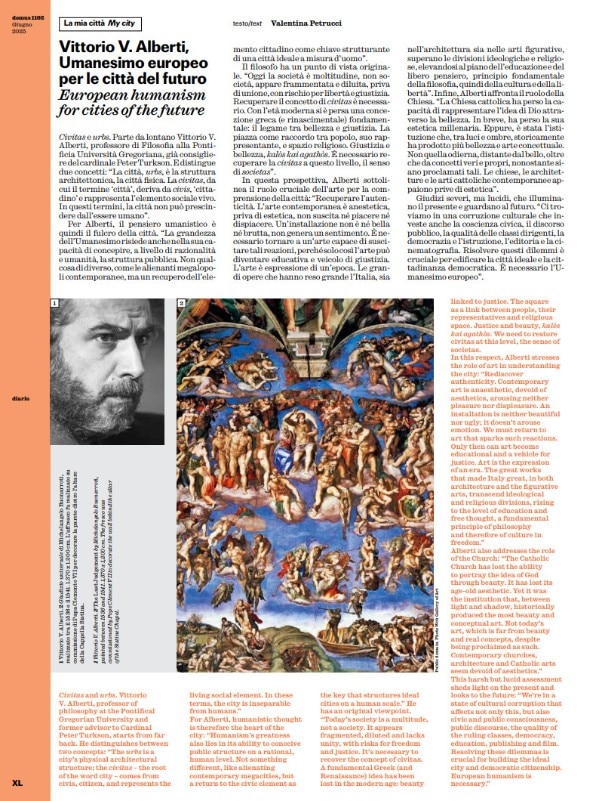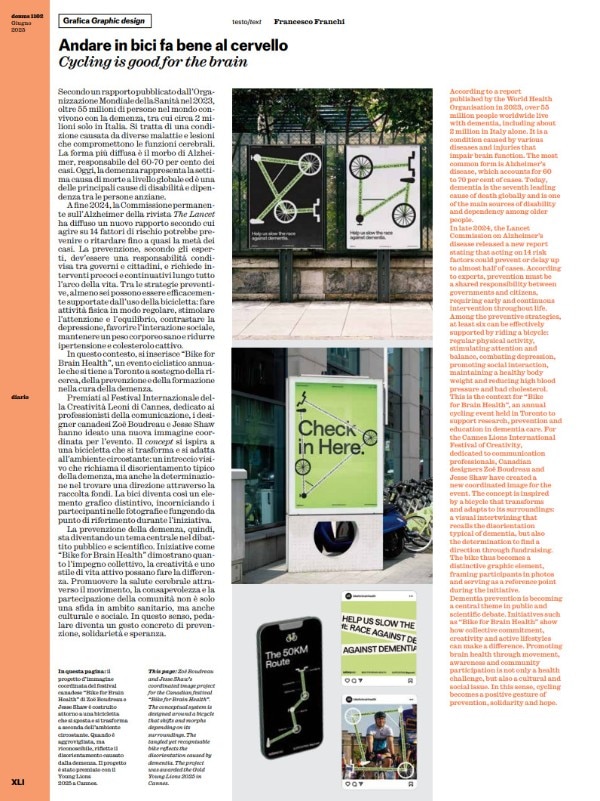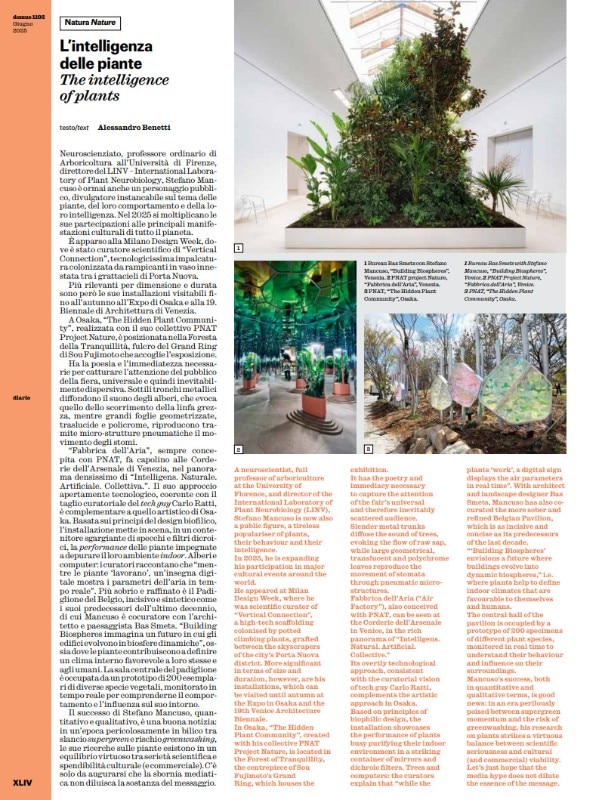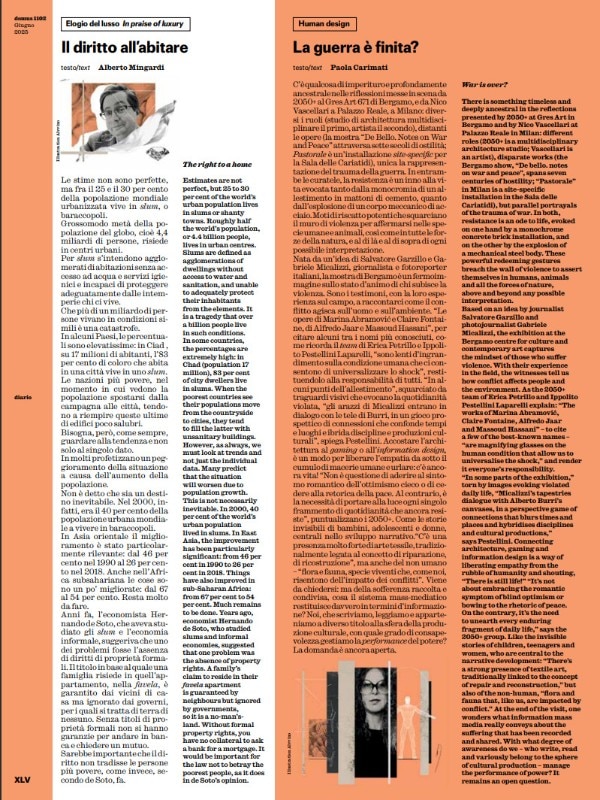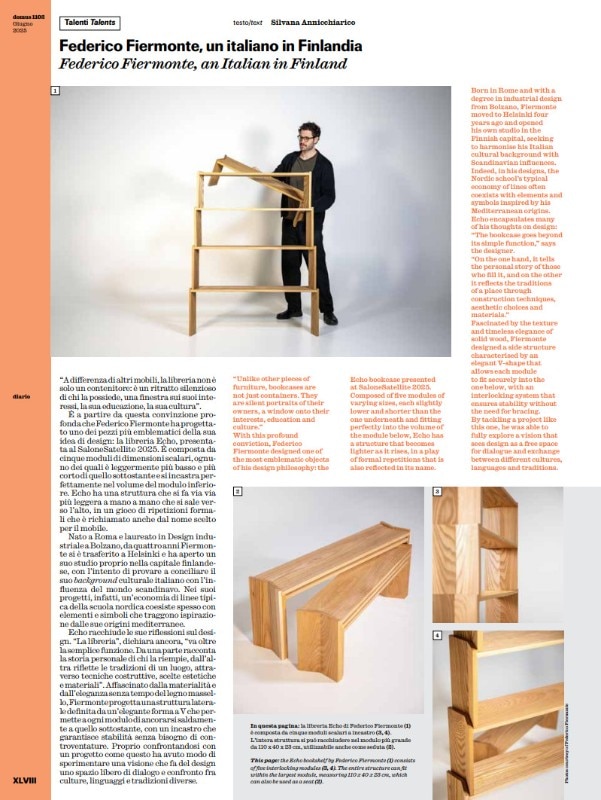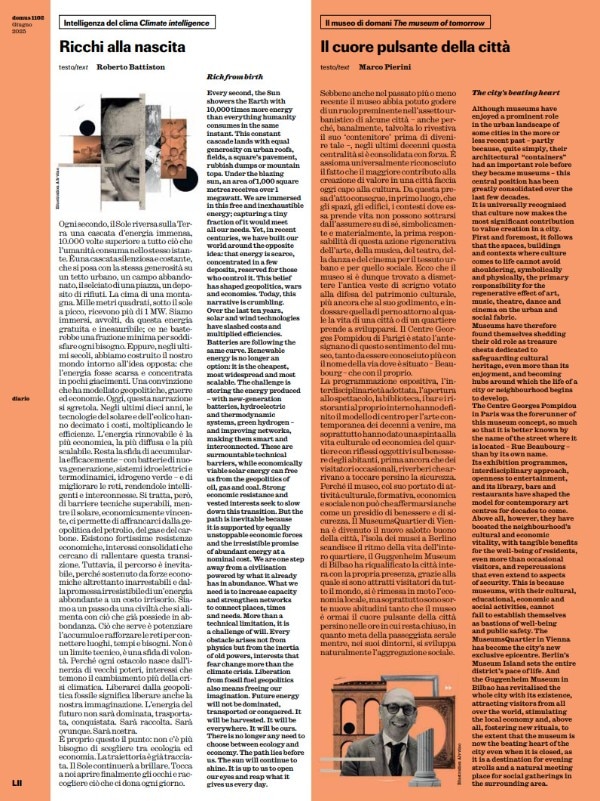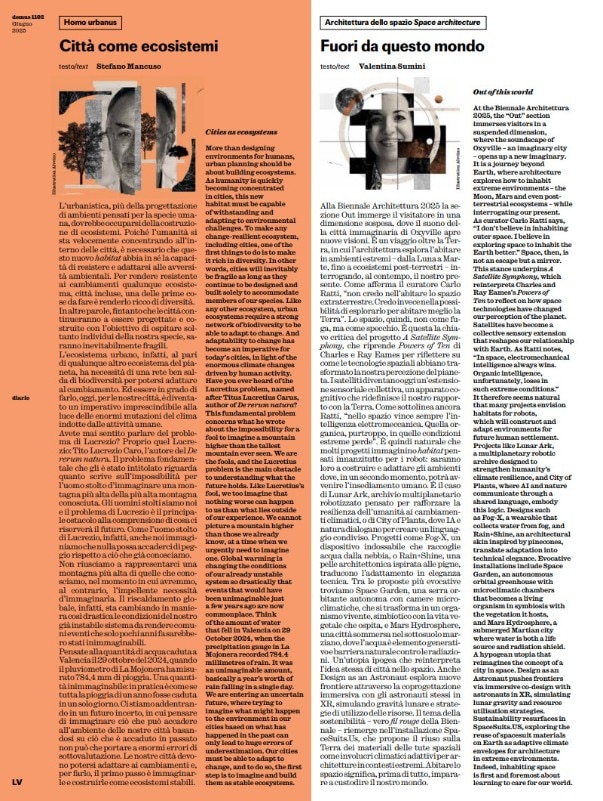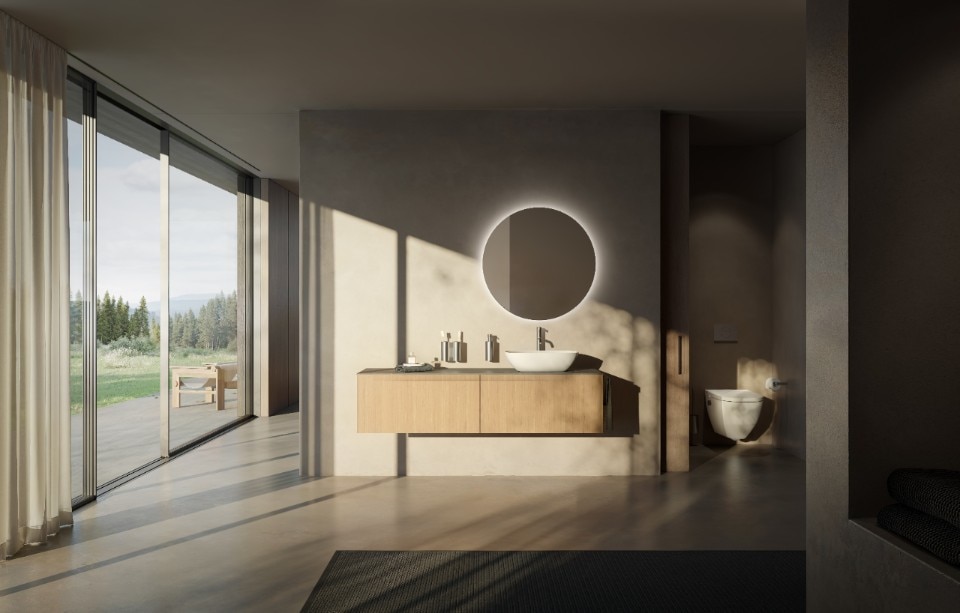The latest issue of Domus is out now, offering an in-depth look at current trends in architecture and design, with a particular focus on social dynamics and the crucial need for sustainability.
At the heart of this exploration is the 19th Venice International Architecture Exhibition, “Intelligens. Naturale. Artificiale. Collettiva.” (Intelligent. Natural. Artificial. Collective.), curated by Carlo Ratti. Editorial Director Walter Mariotti sits down with Ratti to discuss his Biennale, which serves as a fundamental call to rethink our built environment in a more inclusive and synergistic way, moving beyond the idea of the architect as the sole creator. In this context, the climate challenge is tackled with forward-thinking adaptation strategies, brought to life in innovative projects that blend technology and nature, charting new creative paths for a field steeped in history. This vision of profound renewal extends into every corner of our lives.

Paul Smith, in “Luoghi comuni” (Common Places), reflects on the dignity of doors as expressions of creativity. Meanwhile, Valentina Petrucci and Vittorio V. Alberti, in “La mia città” (My City), delve into the distinction between “urbs” (the physical city) and “civitas” (the community), urging us to reconnect with humanistic thought and the bond between beauty and justice—essential elements for an authentic society and urban environment, protected from a “cultural corruption” that even affects contemporary art. Well-being and health play a central role: Francesco Franchi, in “Grafica” (Graphics), highlights the link between physical activity (especially cycling) and dementia prevention, a topic reinforced by initiatives like “Bike for Brain Health.” The importance of community and an inclusive approach also shapes the work of Signe Byrdal Terenziani, organizer of Copenhagen's “3daysofdesign” festival, who has created a platform for sharing knowledge and promoting sustainability in design.
Diving deeper into the relationship between intelligence and environment, Alessandro Benetti, in “Natura” (Nature), introduces Stefano Mancuso's research on plant intelligence, redefining our connection with the plant world and suggesting a deep partnership between nature and technology. This principle of harmony and adaptation also sheds light on complex issues like housing poverty: Alberto Mingardi, in “Elogio del lusso” (In Praise of Luxury), offers a hopeful perspective on the progress being made in global informal settlements. The discussion then broadens to memories of conflict and the role of art: Paola Carimati, in “La guerra è finita?” (Is the War Over?), explores how art can represent trauma and celebrate human resilience. Innovation takes tangible form in projects that bridge past and future, such as the Norman Foster Foundation and Porsche's Venetian installation, “Gateway to Venice’s Waterway,” a manifesto for new sustainable mobility.
In product design, Silvana Annicchiarico, in “Talenti” (Talents), introduces Federico Fiermonte and his “Echo” bookshelf, which harmonizes Nordic precision with Mediterranean flair. The ability to harness natural resources proves crucial: Roberto Battiston, in “Intelligenza del clima” (Climate Intelligence), champions solar energy as a way to break free from fossil fuels, while Marco Pierini, in “Il museo di domani” (The Museum of Tomorrow), argues that museums are “vital centers” for cities, regenerating urban and social fabric. The wisdom of those who came before us and the pursuit of innovative solutions guide the way: Mariotti pays tribute to Cesare Maria Casati, a prominent figure and former director of Domus.
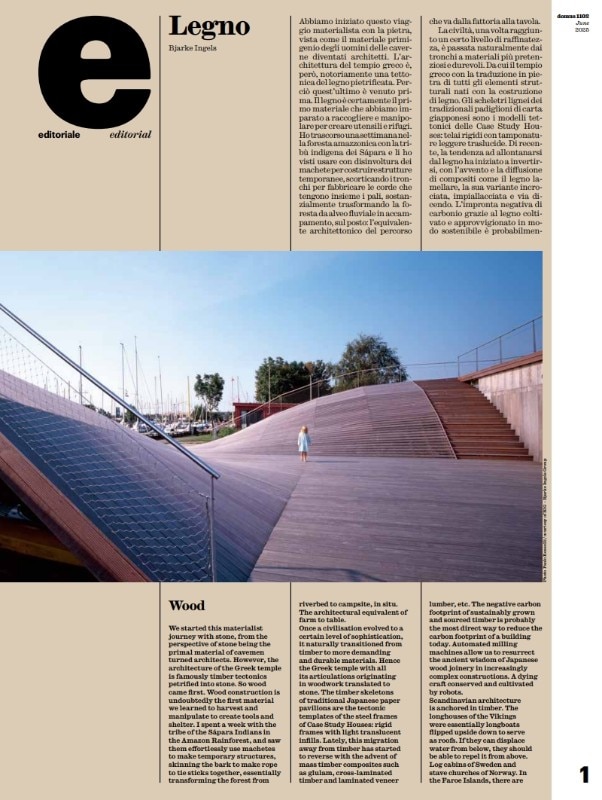
Design experimentation continues with Konstantin Grcic's “25kg” project, which challenges conventions with essential objects. Reflection on living even extends beyond our planet: Valentina Sumini, in “Architettura dello spazio” (Space Architecture), shows how space exploration helps us refine our ability to improve life on Earth. Within this framework, sustainability emerges as both an ethical and strategic imperative: Walter Mariotti interviewed Lorenzo Bertelli of Prada, who, in “Sostenibilità” (Sustainability), explains how the “Sea Beyond” project demonstrates the brand's commitment to promoting ocean education. All these contributions converge on a unifying message: the future is built through curiosity, collaboration, and a deep understanding of multiple intelligences, all aimed at forging a more equitable and truly livable world for everyone.
After the diary sections, we dive into the core narrative around materials, a section guest-edited by Bjarke Ingels, who introduces an exploration dedicated to wood. This material, deeply rooted in history, is currently experiencing an extraordinary resurgence, redefining both architecture and design. Ingels, in his piece “Legno” (Wood), reminds us that before stone, it was the first material shaped by human ingenuity. Today, thanks to innovative composites and automated milling machines, wood is an invaluable ally for sustainable building, boasting a negative carbon footprint. Filippo Cartapani and Shane Dalke, with “Plasma l'architettura da sempre” (It Has Always Shaped Architecture), illustrate how wood has molded architecture across all latitudes, adapting to climates and cultures with remarkable versatility.
Lindsey Wikstrom, in “Prepariamoci a città fondate sulle piante” (Let's Prepare for Plant-Based Cities), explores the responsibility of modern construction, highlighting how the intelligent and sustainable use of wood can reduce environmental impact and improve forest health. Shigeru Ban, in “Architetto della carta, architetto del legno” (Paper Architect, Wood Architect), shares his experience in the innovative use of natural materials, demonstrating how his ingenuity can be applied to wood to create complex structures. Lucas Epp, in “Natura, artigianato, struttura” (Nature, Craft, Structure), emphasizes how wood's resurgence is tied to engineered products and digital fabrication, urging us to envision a future where wood is a fundamental element of integrated ecosystems.
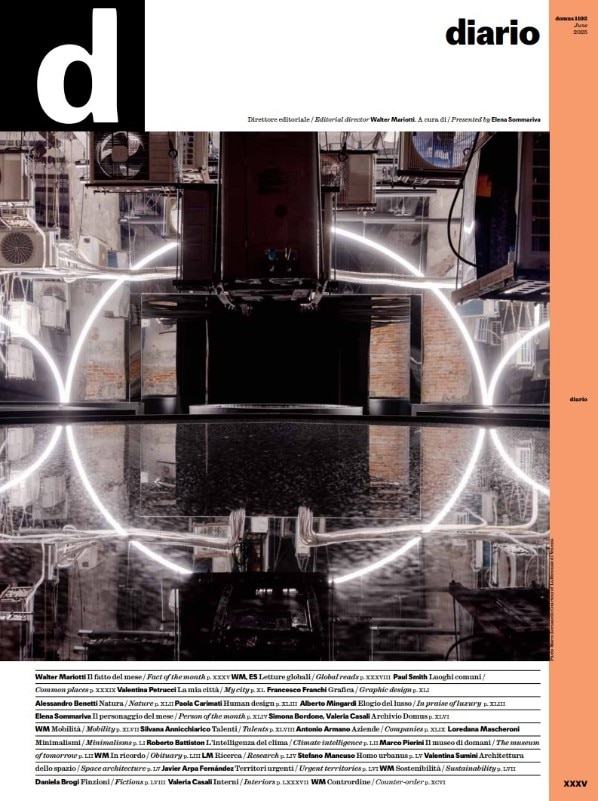
The new frontiers of wood are showcased in emblematic projects. An interview with Chris Precht in “Studio Precht” reveals his passion for wood, rooted in Alpine tradition, expressed in future-oriented architectures that celebrate aging and history. Sou Fujimoto, in “Il cerchio del legno” (The Wood Circle), presents the monumental Grand Ring for Expo 2025 in Osaka, one of the largest wooden structures in the world, symbolizing unity in diversity. Kengo Kuma, with “Legno massiccio in rotazione” (Rotating Solid Wood), brings a cross-laminated timber building to Kibi Kogen N Square that creates dynamic spaces. Jacques Herzog and Pierre de Meuron, in “Natura e legno per guarire” (Nature and Wood for Healing), demonstrate how wood can soften the sterile atmosphere of a children's hospital.
Elding Oscarson, with “Guscio lamellare” (Laminated Shell), presents the Wisdome, an extension of Stockholm's Tekniska Museet, which merges digital technology and prefabrication. Wood's extraordinary versatility is also evident in projects of various scales and functions: Sigurd Larsen, in “Angoli visivi” (Visual Angles), proposes the Lake House, a wellness center that seamlessly blends with the landscape; Guillermo Acuña, with “Una cornice nella foresta” (A Frame in the Forest), showcases Casa Detif in Chile, a prefabricated home gently nestled into its surroundings; and Christian Wassmann, in “La casa intorno alla roccia” (The House Around the Rock), presents the Rock'n'House, a habitable observatory integrated with its natural context. The intrinsic relationship between nature and wood is elevated to an art form and a philosophical reflection.
Monica Steffensen, in “Percepire la natura” (Perceiving Nature), encourages a sensory experience with wood, a living material. Artist Peter Marigold, with “Spaccare il legno” (Splitting Wood), highlights the primal act of wood splitting, creating rich surfaces. Ferruccio Laviani, in “Un disturbo digitale in un mobile classico” (A Digital Disturbance in a Classic Furniture Piece), explores the interaction between machine and wood in projects like “Good Vibrations.” Wood is also a central player in the work of Giuseppe Penone, who in “Per fare un albero” (To Make a Tree) carves and sculpts beams to reveal the “fossilized” form of the tree. Finally, Chris Kenny, with “Ramoscelli animati” (Animated Twigs), creates delicate sculptures where nature and artist collaborate.
In closing, Bjarke Ingels returns in “Futuro antico” (Ancient Future) to reflect on the “city of awareness” in Bhutan. The Gelephu airport, built entirely from solid wood, is a tangible example of how architecture can be both deeply rooted in tradition and boldly forward-looking. The very cover of the issue, a Dinesen oak board with a skillfully mended crack, celebrates the beauty of imperfections and masterful craftsmanship. Wood, in all its infinite expressions, thus solidifies its role as the unifying language, capable of connecting the digital and the natural, the ancient and the new, offering a key to a more sustainable and authentic future. Happy reading!
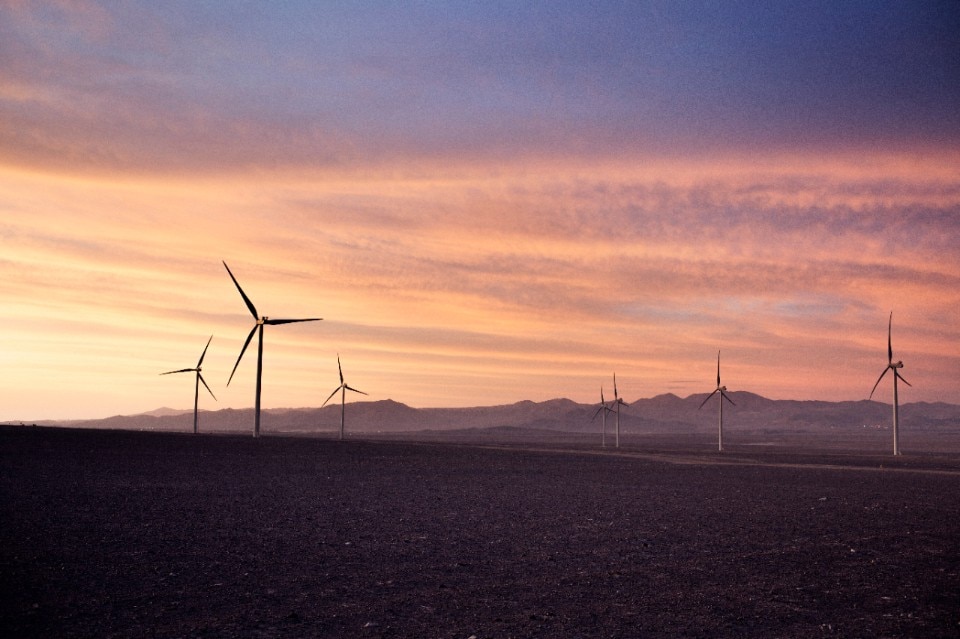
Tomorrow's energy comes from today's ideas
Enel extends the date to join the international “WinDesign” contest to August 30, 2025. A unique opportunity to imagine the new design of wind turbines.


